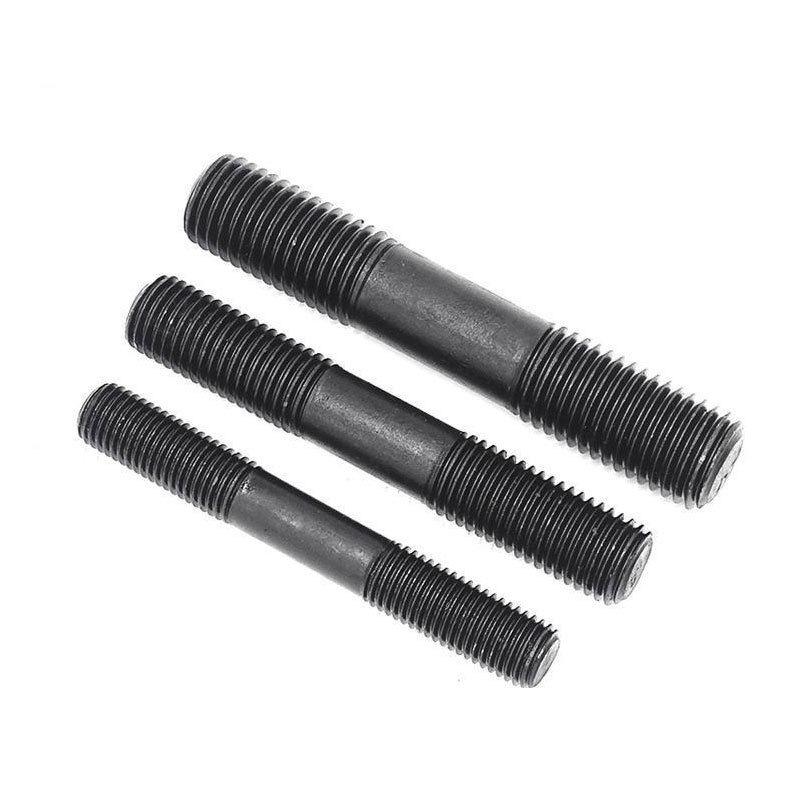

m10 hex nut
Dec . 05, 2024 10:33 Back to list
m10 hex nut
Understanding the M10 Hex Nut Essential Component in Engineering
In the vast world of engineering and construction, every small component plays a crucial role in ensuring the integrity and functionality of a structure or machine. One such vital component is the M10 hex nut. Though it may seem like a simple piece of hardware, the M10 hex nut has significant importance in various applications, from mechanical assemblies to construction projects.
What is an M10 Hex Nut?
An M10 hex nut is a type of fastener characterized by its hexagonal shape, which allows for easy gripping with a wrench. The designation M10 refers to the metric thread size. Specifically, M indicates that it is a metric nut, while 10 denotes a nominal diameter of 10 millimeters. Hex nuts are typically made of materials like steel, stainless steel, or brass, depending on the intended application and required strength.
Design and Specifications
The design of an M10 hex nut includes several features that contribute to its performance. The six-sided shape allows for adequate torque application when tightened, ensuring a secure connection between fastened components. Typically, M10 hex nuts have a standard pitch of 1.5 mm, although fine pitch options are also available. The standardization of dimensions and threads makes it easier for engineers and technicians to find compatible bolts and washers.
In addition to size and material, the finish of an M10 hex nut can also vary. For instance, a zinc-plated nut offers corrosion resistance, making it suitable for outdoor or industrial applications. On the other hand, stainless steel nuts provide superior resistance to rust and oxidation, ideal for environments exposed to moisture or chemicals.
Applications of M10 Hex Nuts
The applications of M10 hex nuts are widespread across different industries. In the automotive sector, they are commonly used to secure engine components, suspension assemblies, and drivetrain links. Their strength and reliability are essential for ensuring that vehicles can withstand the stresses of operation.
m10 hex nut

In the construction industry, M10 hex nuts are indispensable. They are used to fasten bolts in heavy machinery, structural beams, and various frameworks. The ability to achieve a tight connection means that the overall stability and safety of buildings and bridges are enhanced.
Moreover, M10 hex nuts find use in furniture assembly as well. Many flat-pack furniture items utilize hex nuts for their simplicity and effectiveness in creating strong joints, thereby enabling easier assembly for consumers.
Advantages of Using M10 Hex Nuts
1. Ease of Use The hexagonal shape allows for easy installation and removal with standard tools, such as wrenches and sockets, making them user-friendly for both professionals and DIY enthusiasts.
2. Versatility M10 hex nuts can be utilized in diverse settings, accommodating various applications ranging from machinery to household furniture.
3. Strength and Durability Made from high-quality materials, M10 hex nuts exhibit substantial tensile strength, ensuring they can withstand heavy loads and harsh conditions without failure.
4. Cost-Effectiveness When compared to other fastening methods, M10 hex nuts provide an economical solution, especially when purchased in bulk.
Conclusion
In summary, the M10 hex nut may be a small part of the larger engineering puzzle, but it undoubtedly plays a pivotal role in the assembly and integrity of various mechanical and structural systems. Understanding its design, applications, and advantages highlights the importance of this fastener in myriad scenarios. As technology continues to evolve, the relevance of reliable connectors like the M10 hex nut will remain crucial in guaranteeing safety and performance across multiple industries. Whether you are an engineer, a mechanic, or an avid DIYer, appreciating these unsung heroes of hardware can lead to better outcomes in your projects.
Latest news
-
Hot Dip Galvanized Bolts - Hebei Longze | High Strength, Corrosion Resistance
NewsAug.01,2025
-
High-Strength Hot Dip Galvanized Bolts - LongZe | Corrosion Resistance, Custom Sizes
NewsAug.01,2025
-
Best Self Tapping Screws for Drywall - Fast & Secure Installation
NewsJul.31,2025
-
High-Strength Hot Dip Galvanized Bolts-Hebei Longze|Corrosion Resistance&Customization
NewsJul.31,2025
-
Hot Dip Galvanized Bolts-Hebei Longze Metal Products|Corrosion Resistance&High Strength
NewsJul.31,2025
-
Hot Dip Galvanized Bolts-About LongZe|High Strength, Corrosion Resistance
NewsJul.30,2025

